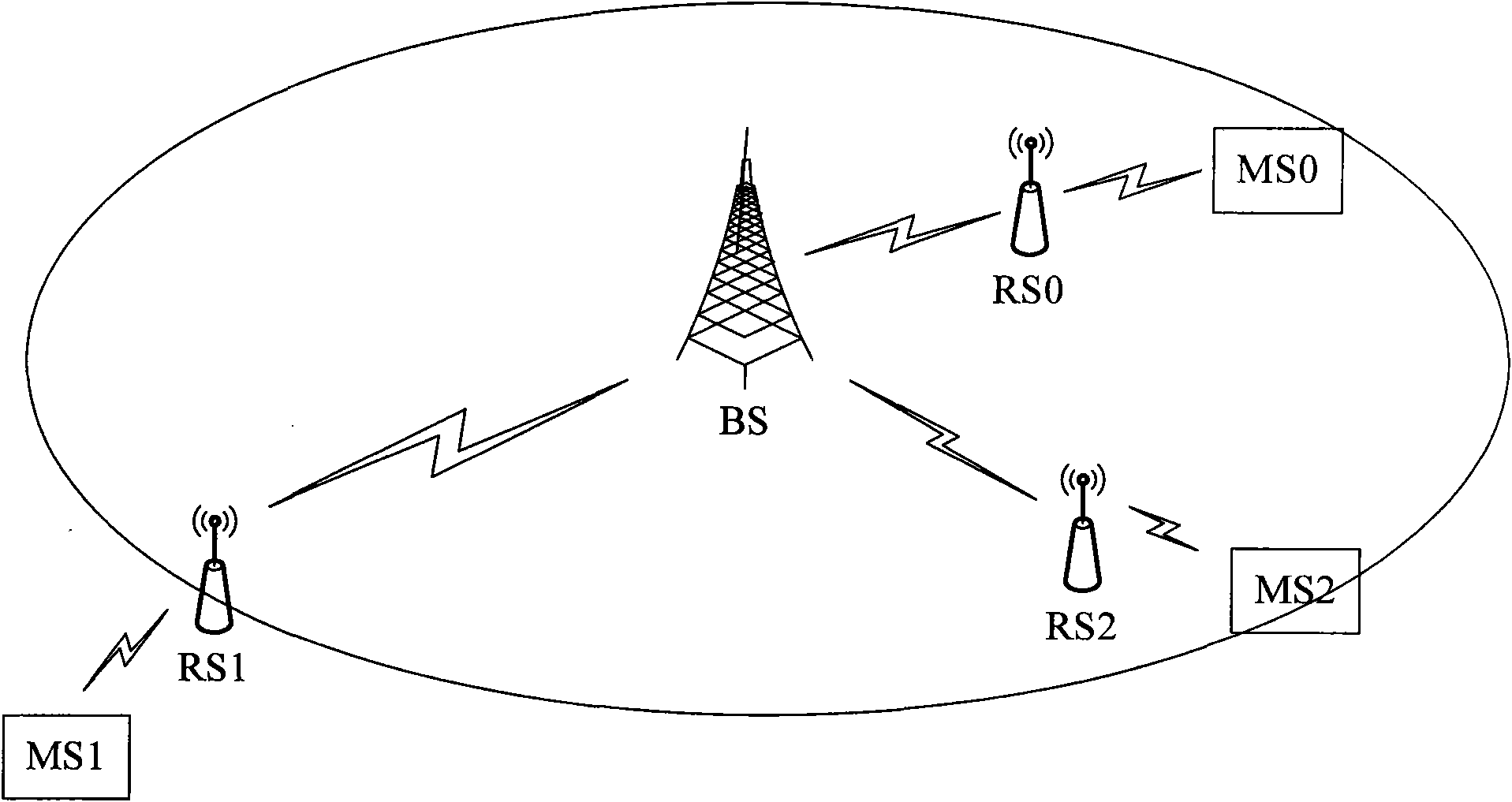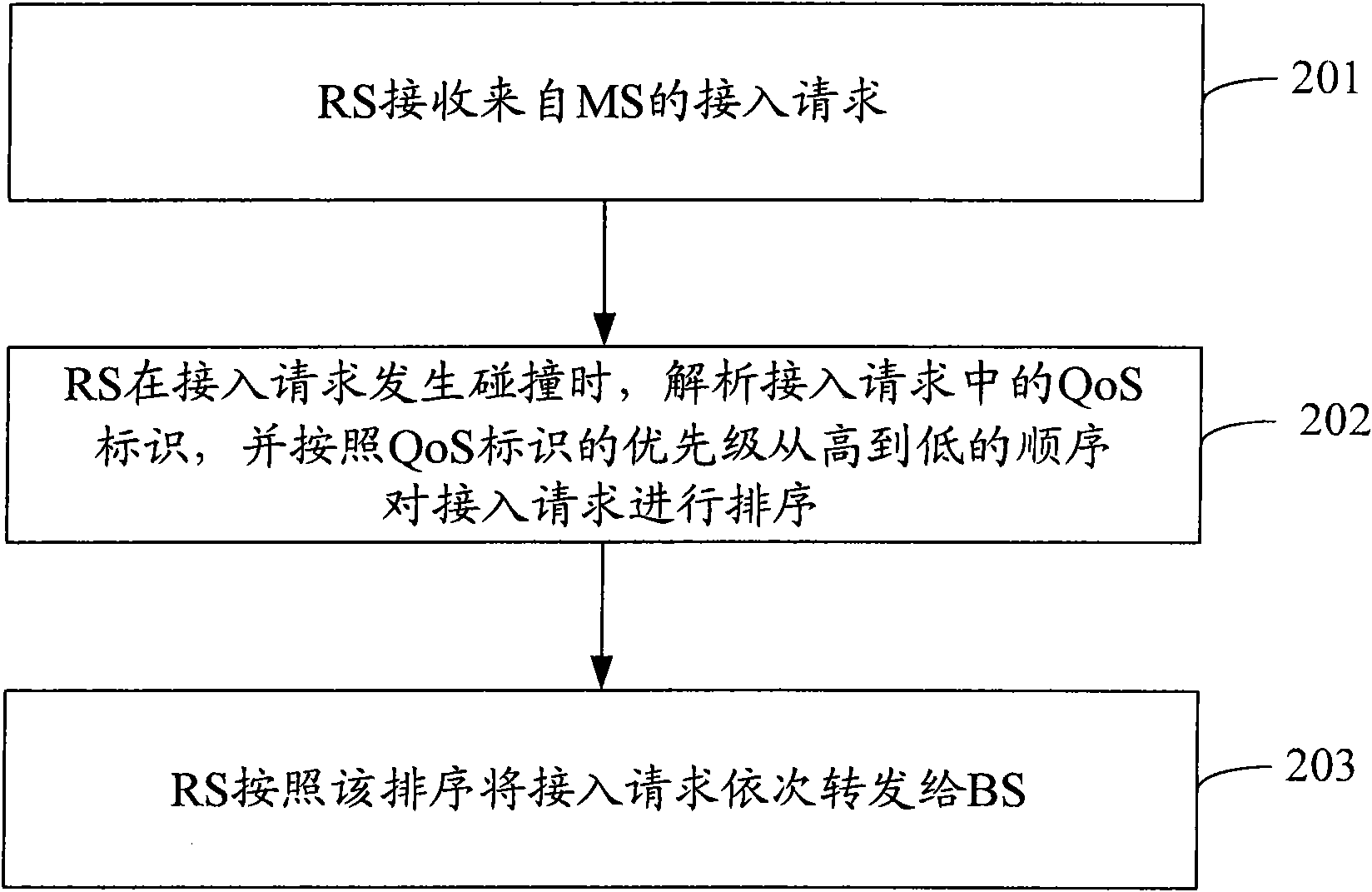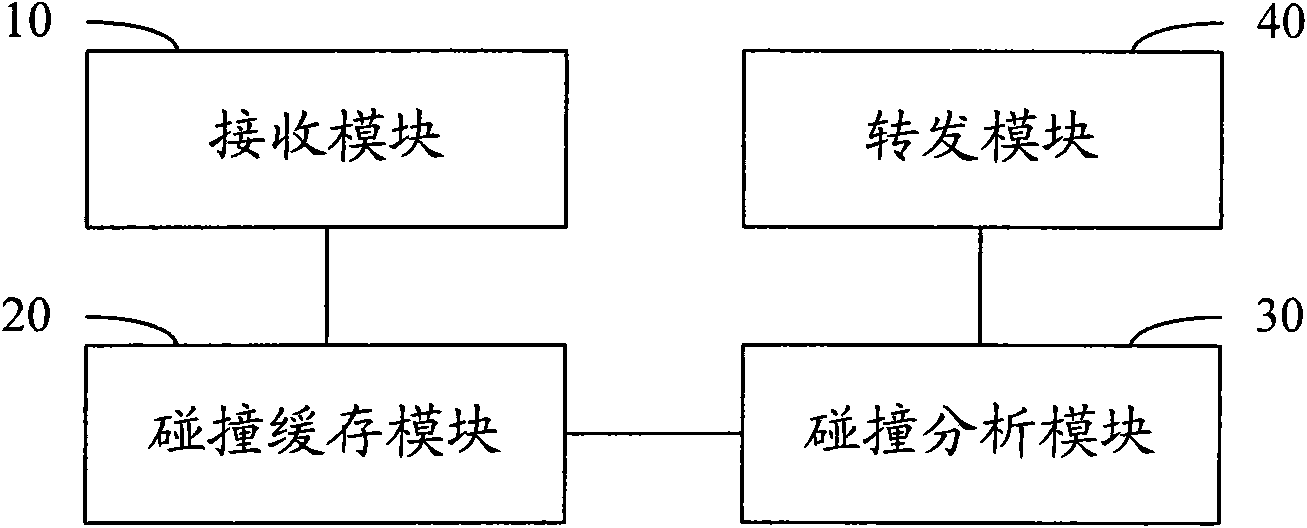Method and device for dispatching mobile station (MS) access by relay station (RS)
A mobile terminal and scheduling method technology, applied in wireless communication, network traffic/resource management, electrical components, etc., can solve the problem that MS access cannot be reasonably scheduled, so as to improve order and access efficiency, and improve transmission Efficiency, the effect of increasing system capacity
- Summary
- Abstract
- Description
- Claims
- Application Information
AI Technical Summary
Problems solved by technology
Method used
Image
Examples
Embodiment Construction
[0031] The technical solutions of the present invention will be further elaborated below in conjunction with the accompanying drawings and specific embodiments.
[0032] A scheduling method for RS to MS access provided by the present invention, such as figure 2 As shown, it mainly includes the following steps:
[0033] In step 201, the RS receives an access request from the MS.
[0034] Within the coverage of the BS, when users access various services through the MS, they need to send an access request for the corresponding service to the BS; in a network architecture that supports wireless relay, the access request from the MS is first sent to the RS , and then forwarded by the RS to the BS.
[0035] The access request in the present invention consists of two parts: a prefix and an access message; and the access message includes: user identification (ID), the amount of resources to be allocated, the reason for requesting access, the nature of the access, and the like. In ...
PUM
 Login to View More
Login to View More Abstract
Description
Claims
Application Information
 Login to View More
Login to View More - R&D
- Intellectual Property
- Life Sciences
- Materials
- Tech Scout
- Unparalleled Data Quality
- Higher Quality Content
- 60% Fewer Hallucinations
Browse by: Latest US Patents, China's latest patents, Technical Efficacy Thesaurus, Application Domain, Technology Topic, Popular Technical Reports.
© 2025 PatSnap. All rights reserved.Legal|Privacy policy|Modern Slavery Act Transparency Statement|Sitemap|About US| Contact US: help@patsnap.com



